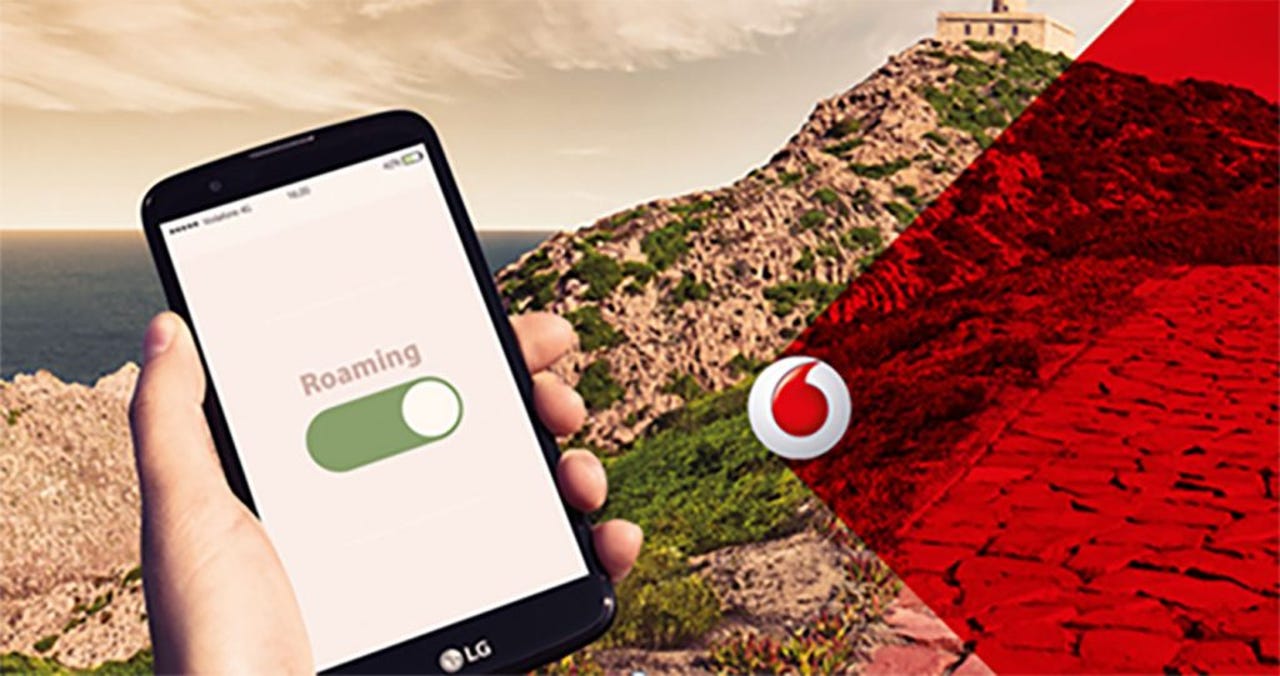Vodafone Australia shows positive signs amongst AU$178 million loss


Vodafone Australia has reported what it labels a "solid" set of full year financial results for 2017, with increases in revenue, earnings before interest, tax, depreciation, and amortisation (EBITDA), and customer base.
For the year ended December 31, Vodafone experienced a 3 percent increase in revenue to AU$3.5 billion, while expenses increased by 1 percent to AU$3.64 billion, resulting in a pre-tax loss of AU$177 million, a 26 percent decrease on the year prior.
EBITDA for the company grew by 6.5 percent year-on-year, moving from AU$912 million to AU$972 million.
Overall, Vodafone now has 5.8 million customers on its network, 4.4 percent more than in FY2016, and is broken down into: 3.4 million on postpaid plans, up 1 percent; 1.7 million on prepaid, representing a 3.5 percent increase; and 711 million on virtual network operators, up 28 percent, which the company said was mostly due to Kogan Mobile's use of its network.
Average revenue per user was stagnant at AU$45.80 in gross terms, and AU$38.03 in net terms, as its roaming revenue increased by 19 percent year-on-year.
During 2017, Vodafone launched its NBN offering across Sydney, Canberra, Melbourne, Geelong, and Newcastle, with CEO Inaki Berroeta stating the company had 80 percent of its customer base on 50Mbps or faster plans.
"We continue to bet on the NBN," Berroeta said. "We will continue to work closely with NBN, and you will see a lot of innovation coming up in the following months around this product."
Looking ahead, Vodafone is slated to spend more than AU$1.3 billion in the next year on its network and technology, while it also attempts to become more "agile", and target the convergence of fixed and mobile internet services.
"[Vodafone Australia] will also continue to expand its 4G network through its own investment and as part of the Australian government's Mobile Black Spot Program, and confirm a significant increase in mobile coverage as part of its joint venture agreement with a third party," joint venture half-owner Hutchison Telecommunications said.
During the course of 2017, Vodafone constructed 347 new mobile sites, with 23 new sites built as part of the Black Spot Program, and upgraded over 1,600 existing sites across Australia. Customer data usage on its network grew 39 percent during the year to 258 exabytes.
While its competitors are touting their 5G plans, Berroeta said 5G excitement is mainly plans and demos, and the reality is the spectrum needed is available in a "few years" and would not make an impact before 2020, when devices to take advantage of it would be available.
Related Coverage
'World's first' 5G call completed by Vodafone and Huawei (TechRepublic)
The firms completed the call using the new 3GPP 5G standard.
5G will complement NBN, not replace it: Nokia
5G will not replace Australia's NBN, according to Nokia's head of Fixed Networks, as fixed-line technology upgrade paths will enable faster speeds sooner than wireless, and with greater download allowances.
Telstra, Optus, Vodafone complaints rise as zero recorded for Pivotel
Telstra had a complaints ratio of 9.2 per 10,000 services in operation during the quarter to December, while Optus had 10.6 and Vodafone had 4.9, with 0.0 recorded for Pivotel, according to the TIO and Comms Alliance.
Vodafone hit by ACMA after IT update allowed new users to skip legal obligations
For twelve months from January 2015, new Vodafone Australia prepaid users were able to claim the telco had verified their identities when it had not.
Court dismisses Vodafone domestic roaming case
Vodafone's attempt to have the ACCC's draft decision-making process on wholesale mobile domestic roaming ruled to be flawed has been dismissed by the Australian Federal Court.